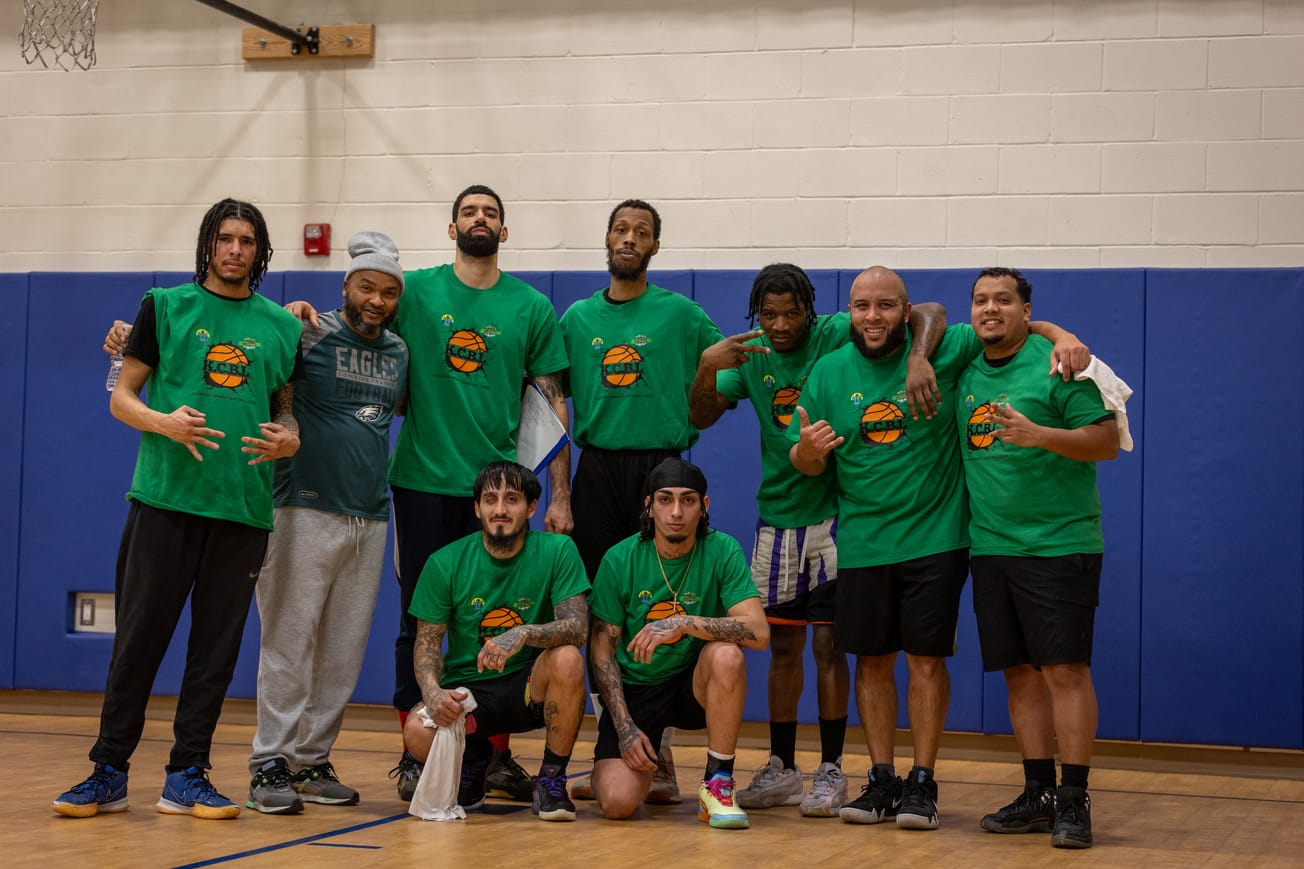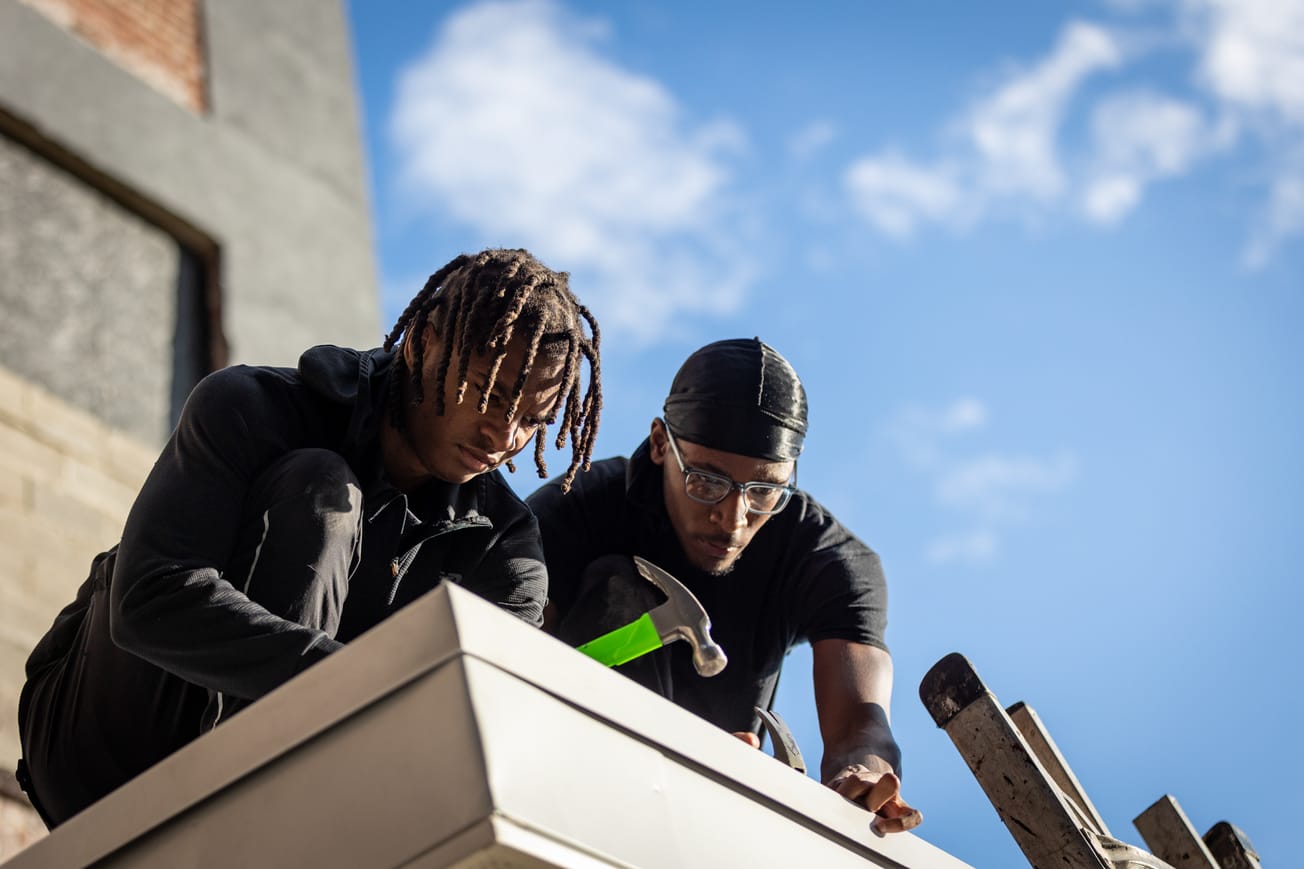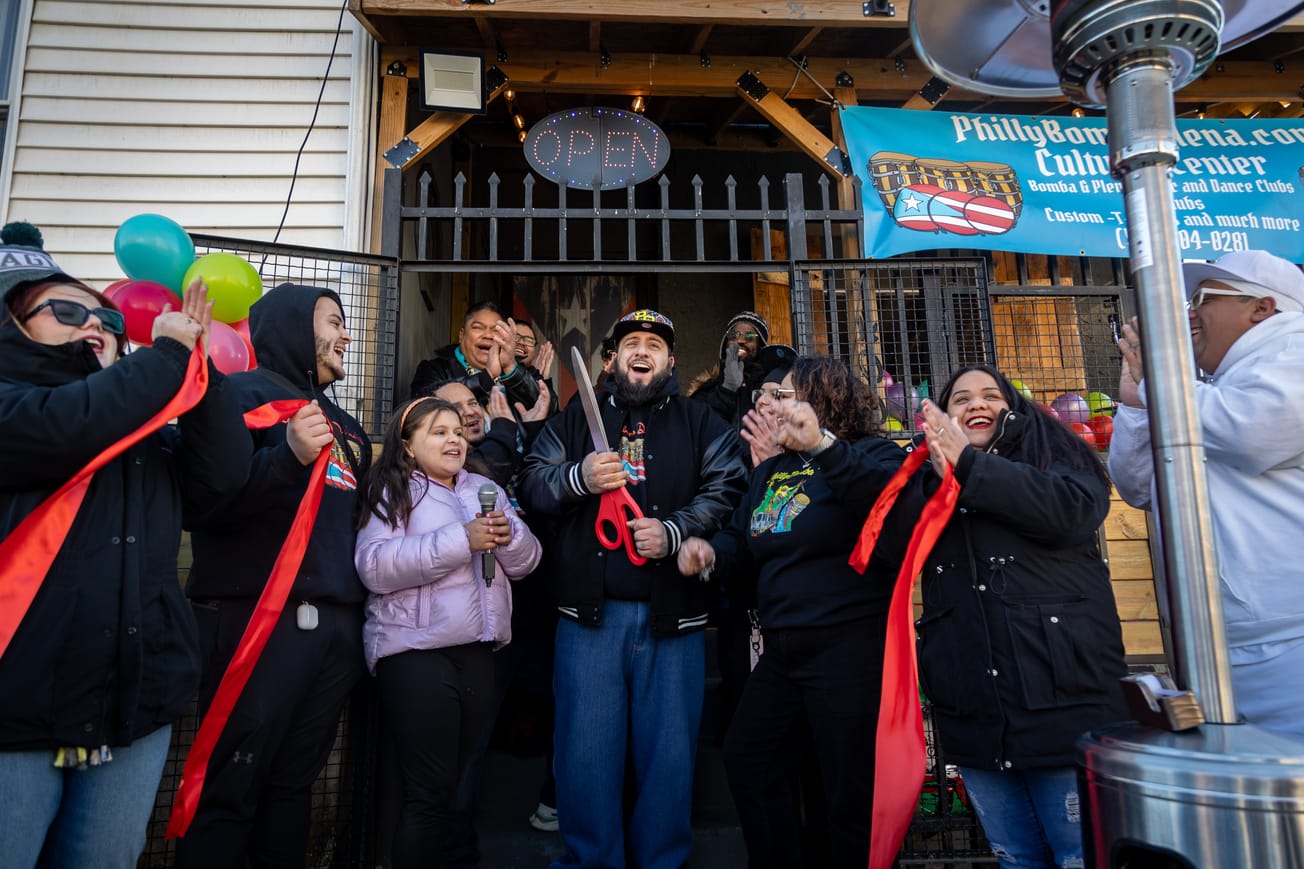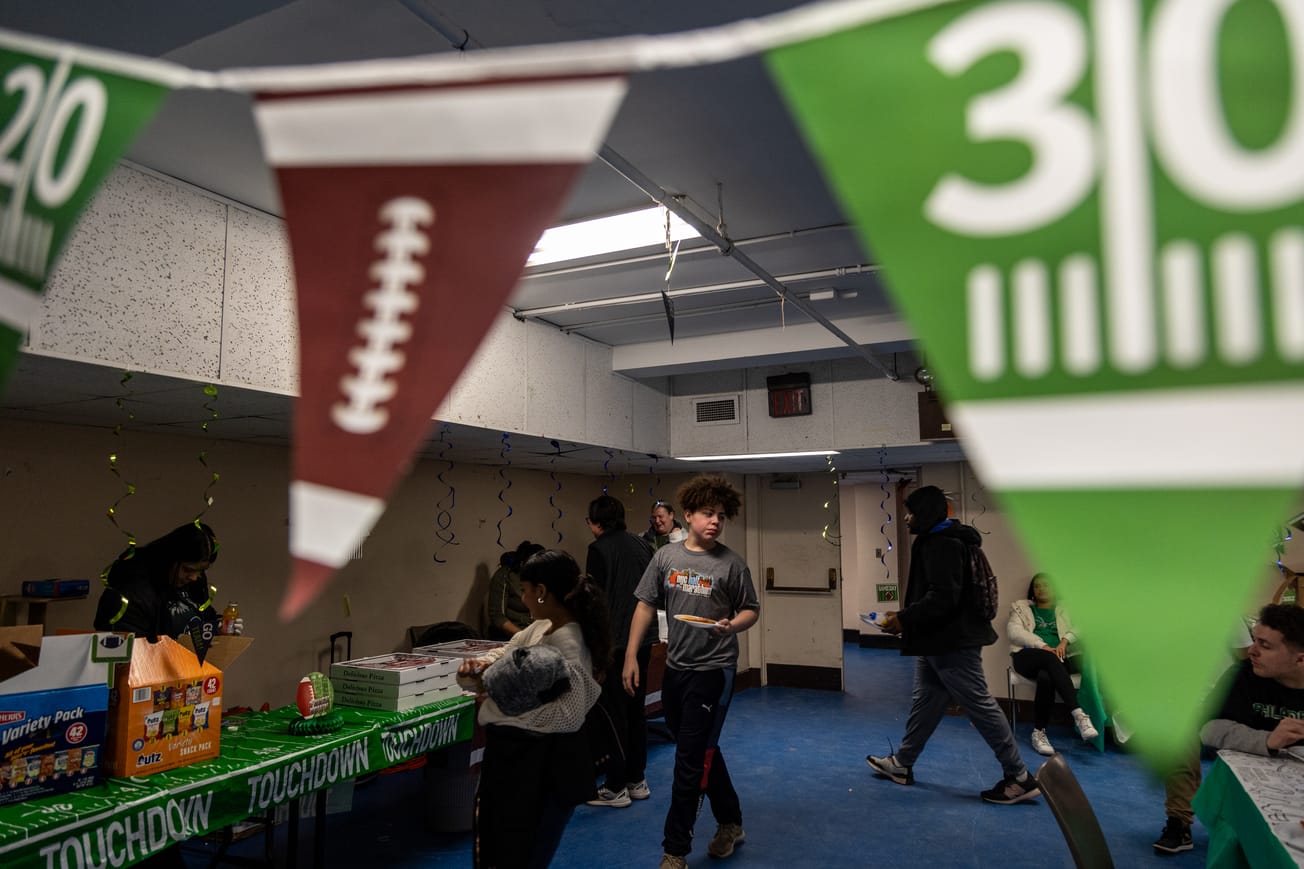While gun violence has declined citywide over the past year, Kensington remains a hot spot for fatal and nonfatal shootings, according to city data.
With that in mind, NKCDC’s Cure Violence team partnered with Esperanza Health Center this winter to host a free basketball league for men in the 18-40 age group.
The goal was to decrease gun violence in a demographic that is disproportionately impacted by it, according to Cure Violence Outreach Coordinator Tyreek Counts. Hosting a free league for them was a clear solution.
“A lot of dumb things are going on with this age group. So, it's real big for us to be doing this,” he said. “If you go around throughout the city, there's no leagues for this age group, unless they’re coming out of pocket.”
Funded by both organizations, the league launched Jan. 13 with eight teams and 64 players across Philadelphia. It will wrap up March 31 with a championship game and community celebration with free food and activities.
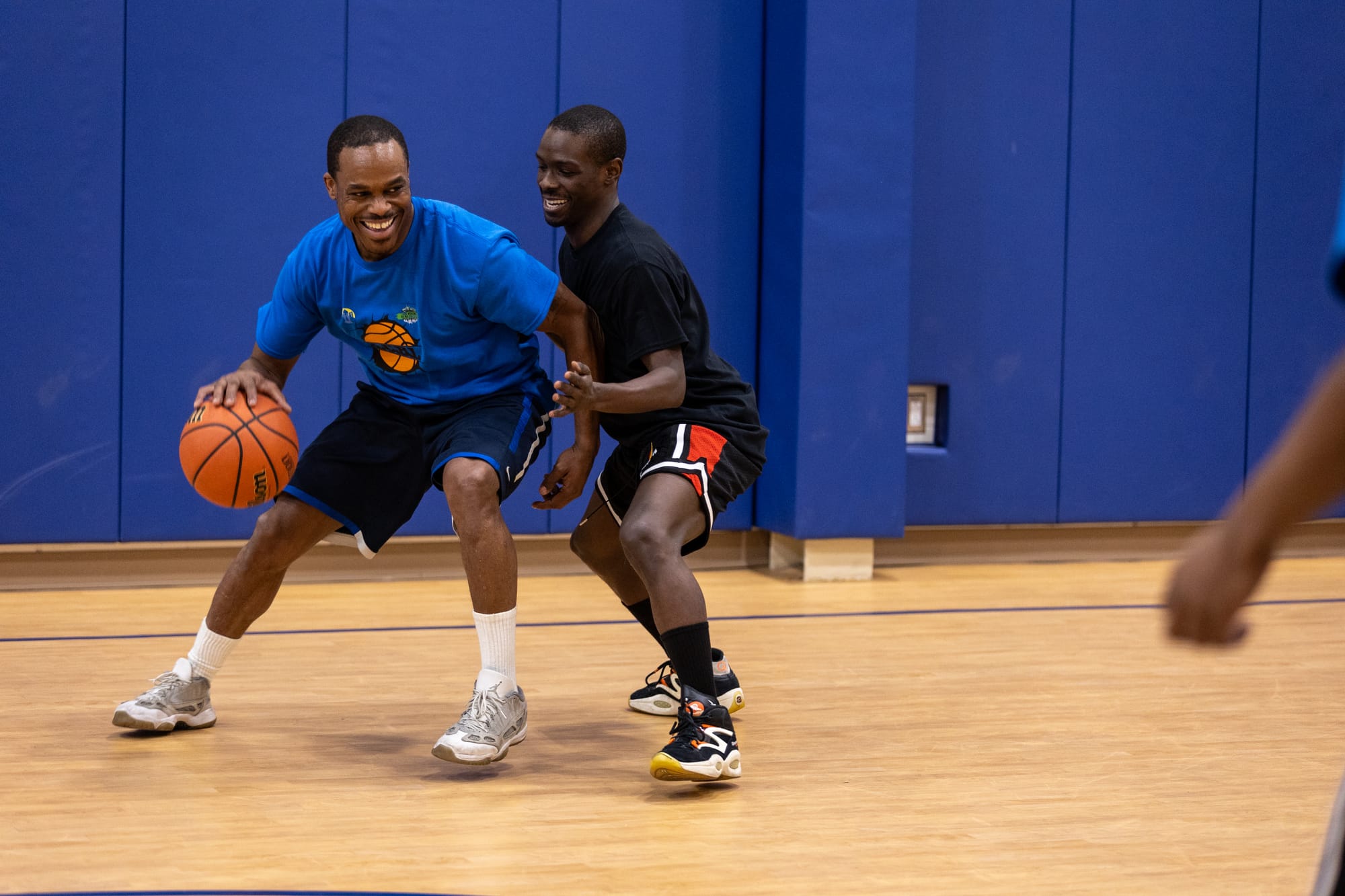
The program fostered teamwork, sportsmanship, and community engagement among players and leaders, according to Counts.
“This is a chance for us to build relationships with them, try to get to know them, connect with them,” he said. “Whether it's employment opportunities, training opportunities, resources for food, whatever it may be, to help them succeed in life.”
Marquise McNair joined the league after being invited by friends. He said he appreciates the league’s approach to anti-violence outreach.
“Everybody out here dying,” McNair said. “I tell people, instead of picking up a gun, pick up a basketball. See how it works out for you.”
Kensington’s Cure Violence team is about a year old and is affiliated with an international violence prevention organization of the same name, which already has a presence in Philadelphia.
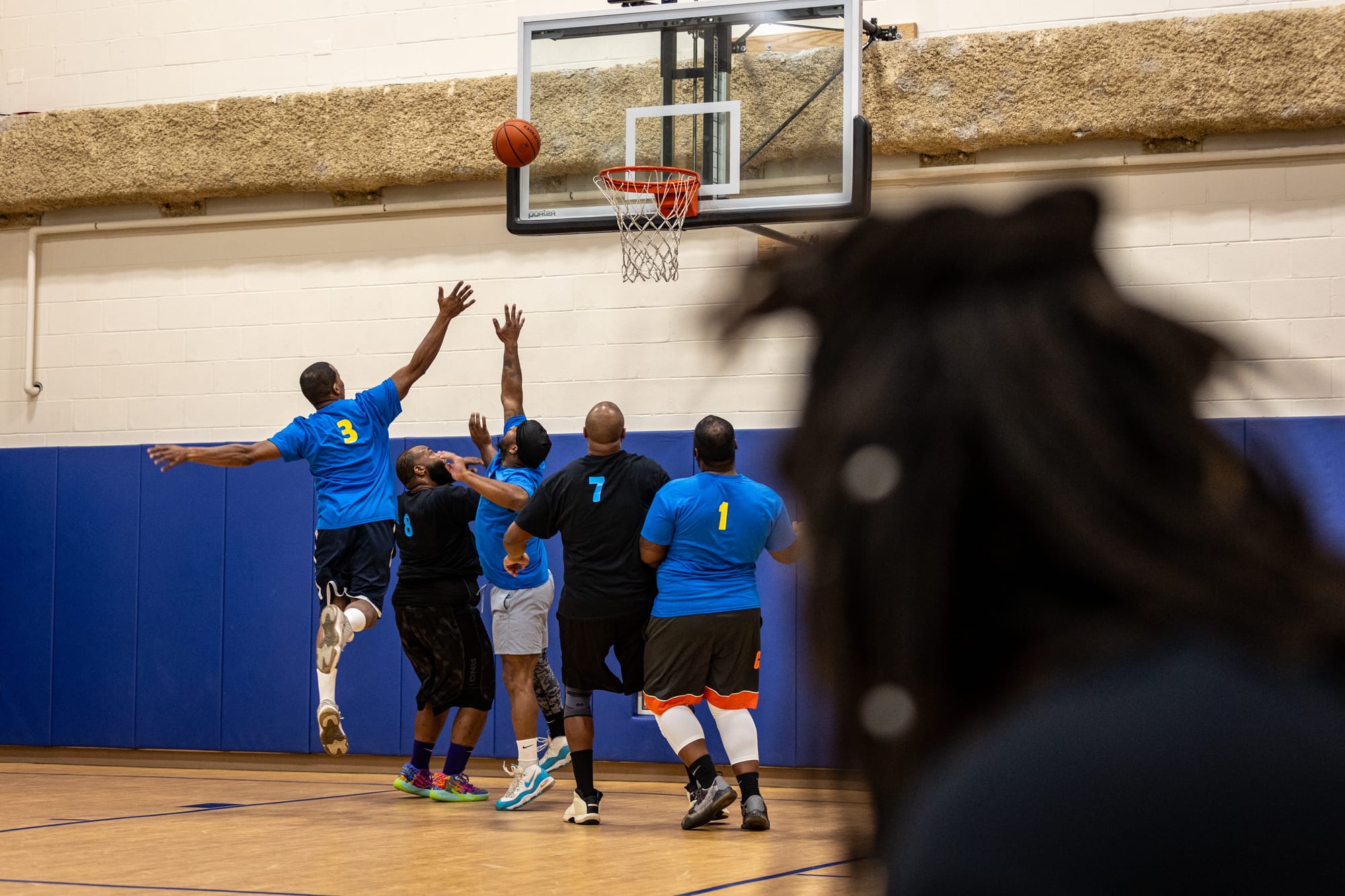
In September, the team hosted its “Guns Down Now” basketball tournament at Trenton and Auburn Park. Roughly 140 people participated, including individuals and community organizations from across Philadelphia. Counts said some participants asked for more free opportunities to play, which sparked the creation of the winter league.
“We did this to try to bury that burden of having to come up with financial income just to play basketball,” he said.
Every Monday and Wednesday from 7 to 9 p.m., the teams played two 45-minute games at the CORE fitness center. The basketball court they used for the games included a digital scorekeeper and updated nets and basketballs, and professional referees. Each player also got their own jersey to represent their team.
Counts serves as the league's general manager. He keeps track of the team’s scores, wins, and player statistics, like points per game. He said he has witnessed players improve their skills more under referees’ eyes compared to regular street games at the local playground.
“Everybody says they can play ball until the whistle comes out,” he said. “They see the game through a different lens, bringing a different respect for the game.”
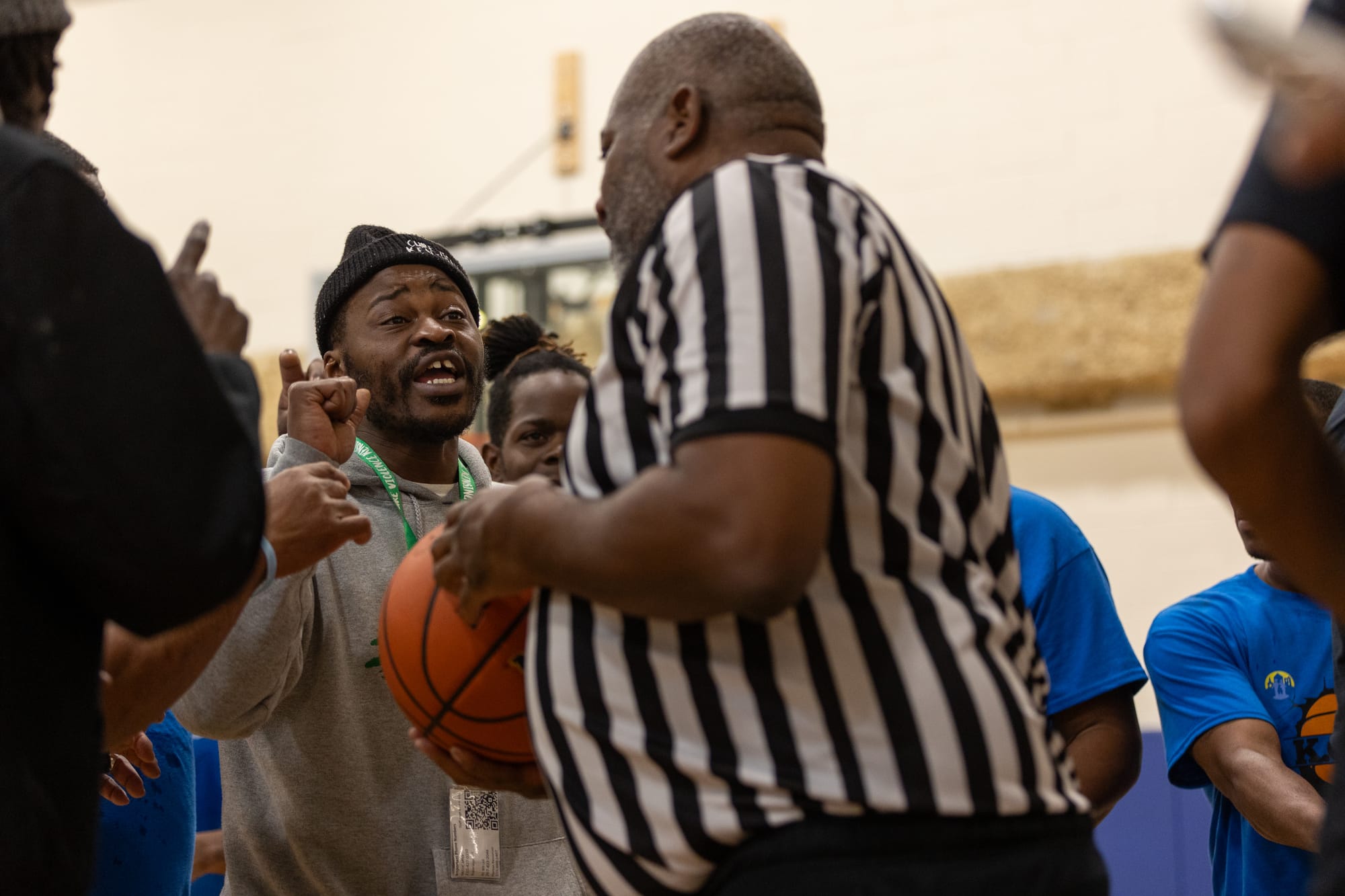
Giovanni Gonzalez, fitness manager at the CORE, regularly attends the games to support Counts and his team. He said he’s watched players build communication and problem-solving skills through participating in the league.
“They're learning to be committed,” he said. “The self-motivation and responsibility that these guys carry to show up to these games, day in and day out and play, and at the end of the day, they shake hands. What more can we ask for?”
Micheal Moore, a player in the league, grew up on the basketball courts with Counts. He joined the league after the two discussed him bringing his friends along to play. For him, the program is a “free outlet” for basketball fans to be themselves and play together – even those who might be nervous or standoffish at first.
“It's okay if you’re a little weird, but you can play. Basketball is the medium,” he said. “After the first couple of games, they get the feel of it. Next time you see them, their guard is down and they're coming in smiling.”
Moore said he learned new basketball rules from the league’s referees. For example, on an “air ball” – when a shot doesn’t touch the hoop’s rim or any part of the basket – players can still rebound and shoot again.
“I'm like, ‘So if I air ball, and I'm fast enough to catch it, I can still score?’ Okay,” he said.
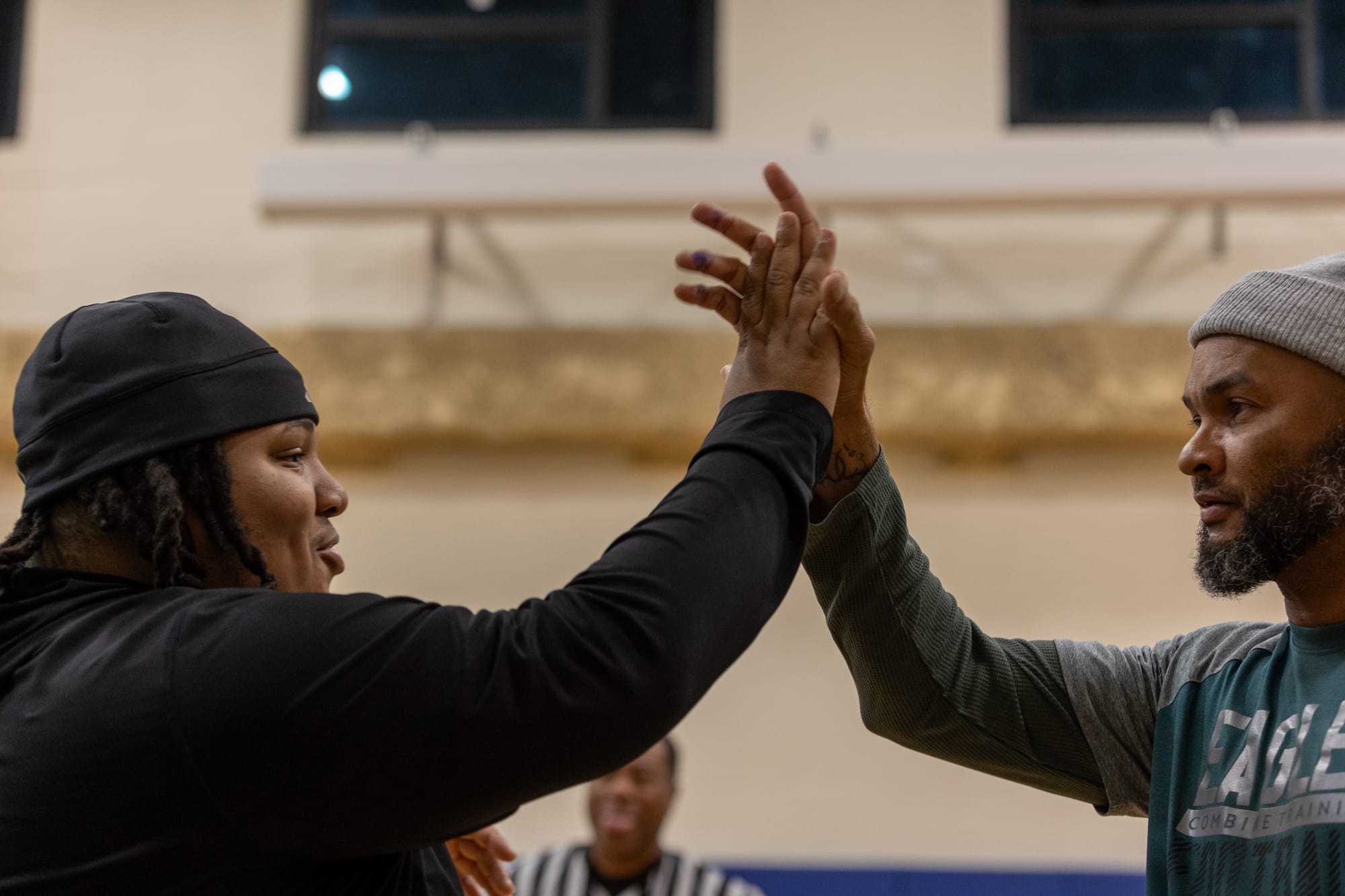
On March 31, the Cure Violence team and Esperanza Health Center will host the league’s final tournament game and post-season celebration. The two final teams from the March playoffs will face off, and the winning team will receive a championship trophy.
Reflecting on the league’s impact on the neighborhood and what basketball means to him, Counts said he feels proud.
“We’re living our dreams through grants,” he said, jokingly. “I get to see the people from where I come from have a smile on their face [without having to] come out their pocket. I had these dreams since I was a kid to have a league where I don't have to charge the community.”
Have any questions, comments, or concerns about this story? Send an email to editors@kensingtonvoice.com.

